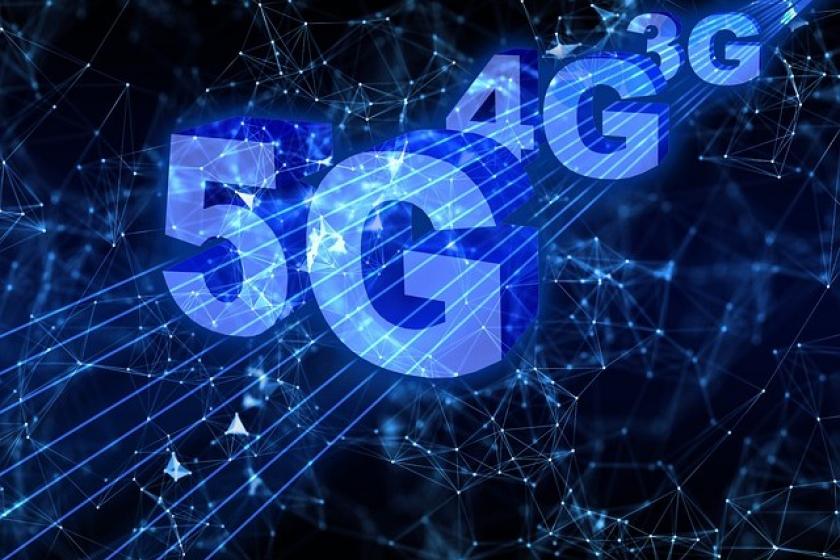Future Proof Your Investments with 5GFuture Proof Your Investments with 5G
The 5G future is full of employees who are empowered to truly work and stay connected from anywhere. How will you get started today?
November 10, 2020

As companies embrace the new work from anywhere (WFx) dynamic, the technical and cultural headway made so far to enable a mobile workforce is only a temporary fix. The most successful companies will be those that transition their IT strategy to align with our new reality, and this means investing in innovative technologies like 5G. There are already a wide range of 5G-enabled smartphones and a 5G business notebook on the market, waiting to get on 5G networks, with more on the way.
But the excitement surrounding the promise of 5G can be easily miscategorized as hype. Understanding the reality of today versus what’s expected tomorrow is key to strategic technology investments. A recent Gartner report forecasted that investments in 5G new radio network infrastructure accounted for 6% of the total wireless infrastructure revenue of communications service providers in 2019.That figure is expected to double in 2020. Additionally, (IDC) projects the number of 5G connections to grow from about 10 million in 2019 to over a billion in the next three years, representing a CAGR of nearly 220%.
These are promising numbers, but we must also face the facts: it may take up to five years before 5G infrastructure can support a full-fledged 5G enabled workforce. However, if businesses want to keep pace with a technology that is promised to change the world, the time to seed early investments in 5G is now.
A Next-Gen Network for the Next-Gen Workforce
The average ‘office’ looks vastly different than it did in early 2020. Between working remotely, an increased dependency on collaboration tools andchildren learning from home, our personal devices all being deployed concurrently, putting unprecedented strain on networks. With current networks sometimes unable to handle this level of demand, 5G promises a productive future with more power and less disruption.
With optimal capacity, latency and bandwidth, 5G will keep employees productive while easing the stress that IT teams face. Simply put, 5G can handle high demand with ease, allowing users to worry about their work quality rather than slow load times and poor network connections. 5G will also offer mobile professionals more reliability and security over Wi-Fi hotspots. IT teams can take advantage of the next-generation workforce that is familiar with utilizing innovative technology to keep them connected, wherever they go. When employees work, they expect technology that is not only premium in design but also provides the connectivity and speed to match. Their definition of an “office” will be different from previous generations. As a nomadic workforce, 5G is imperative to meeting their unique work needs.
Most individuals will have 5G connectivity on their home networks before they return to a 5G connected office, providing IT teams with an opportune time to deploy and test 5G devices with select employees. Although new and uncharted, I encourage organizations to slowly and deliberately deploy 5G devices across their workforces. As individuals, we have never been more adaptable than we are at this very moment. Organizations can test various deployment scenarios, while measuring employee productivity and benefits. This will give IT teams a clear vision of what 5G preparedness looks like, what the deployment challenges are and how to overcome them before they prepare for wider adoption.
Looking Forward
If 2020 has taught us anything, it is that having the time to evolve how we work thoughtfully is a gift. While the infrastructure may not be ready immediately, our IT teams can carefully rethink their organization’s WFx strategy and implement new changes in order to guarantee long-term success. Investing in the right technology now will allow you to be better prepared for tomorrow.
How will you get started today?
Read more about:
5GAbout the Author
You May Also Like




